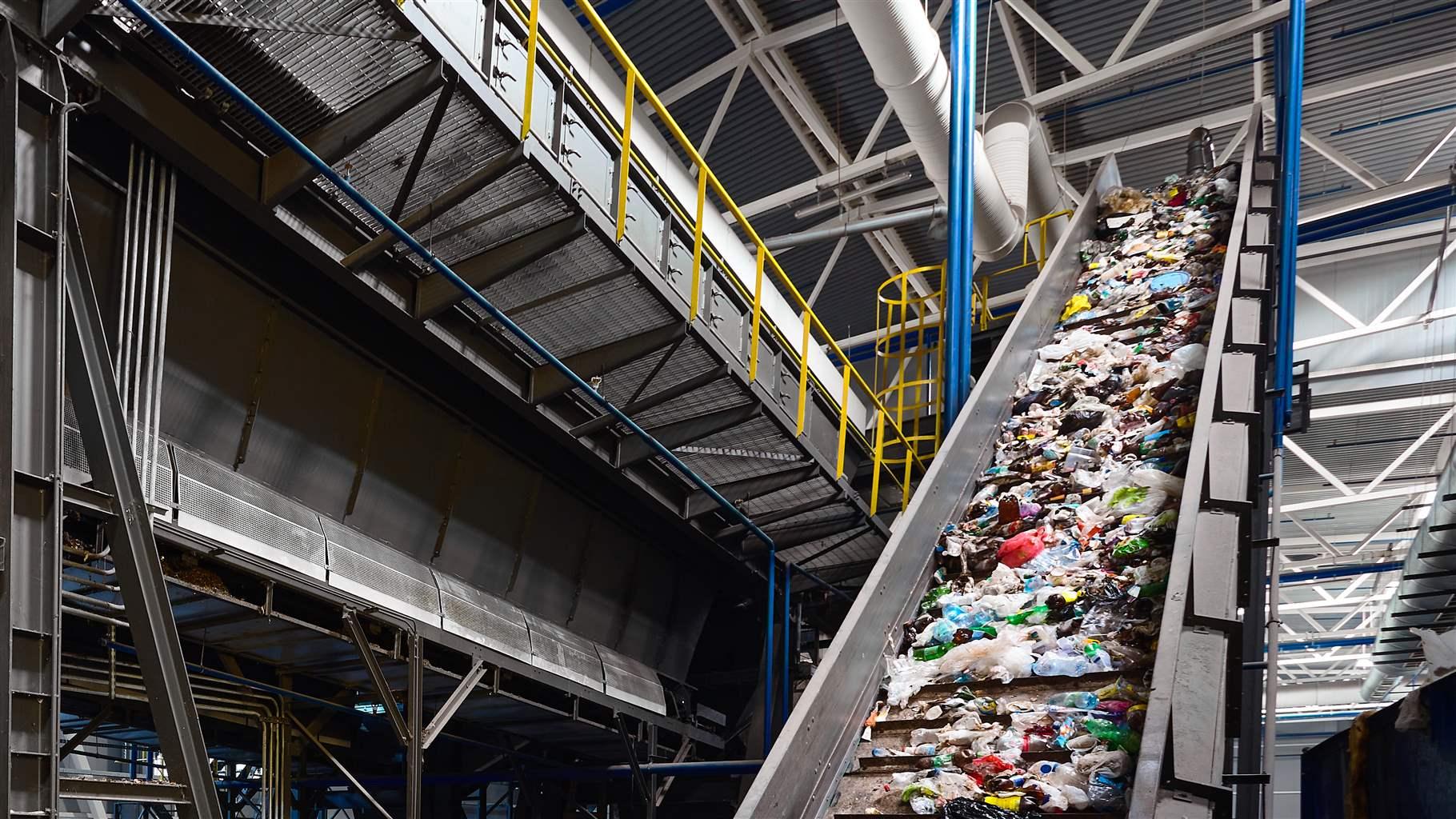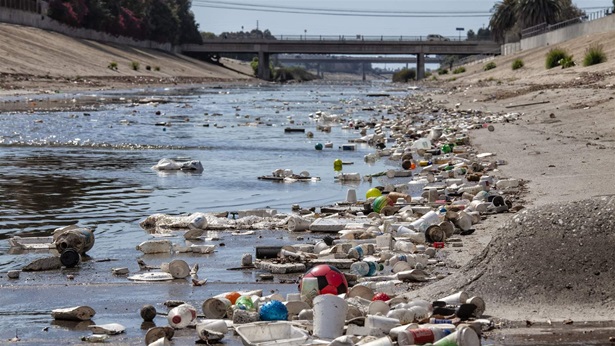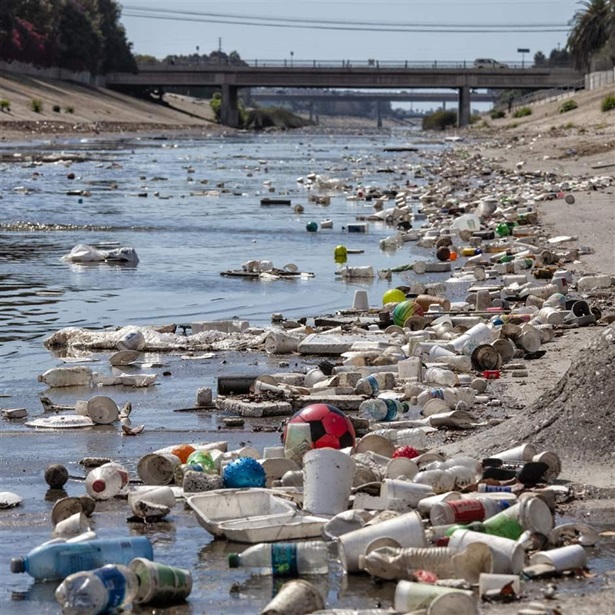Download the Breaking the Plastic Wave Pathways Tool
Pathways, a free application, can help assess effectiveness of plastic reduction strategies and solutions from local to global scales

Plastic pollution is a pervasive global problem intertwined with every aspect of human life. The Pew Charitable Trusts’ 2020 report “Breaking the Plastic Wave,” for which the University of Oxford was a thought partner, found that without action the amount of plastic entering the ocean could triple to 29 million metric tons per year by 2040.
However, the report also concluded that systemic change throughout the plastics value chain, including existing solutions and technologies, could reduce this amount by 80% within the same time frame. Solutions vary by location and scale of application; to ensure effective actions are undertaken, policymakers first must understand how materials flow through the value chain from production, through use, to end-of-life fate.
The Breaking the Plastic Wave Pathways Tool (“Pathways”) can help address this need. The free software application, developed by Pew and Professor Richard Bailey of the University of Oxford, allows governments to use their own local data when evaluating different approaches to reducing plastic pollution. Pathways enhances the analytical model behind the “Breaking the Plastic Wave” research by increasing its flexibility and analytical capabilities and implementing advanced trade-off analyses. (Further technical details are available.)
Our aim is that this tool informs policymakers and other stakeholders about the impacts of different interventions, while also considering environmental and economic trade-offs. The resulting assessment of national or regional plastic flows and analysis of policy scenarios can help users develop evidence-based policy solutions and action plans.
Pathways has been piloted twice in collaboration with local partners: once at a city level in Pune, India, and once on a national level in South Africa. Results from both pilots highlighted the importance of stakeholder involvement and local ownership of the process to build capacity to empower stakeholders and enable ongoing analysis.
Download the Breaking the Plastic Wave Pathways Tool ("Pathways")















